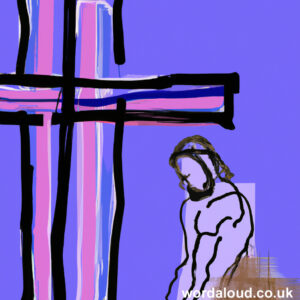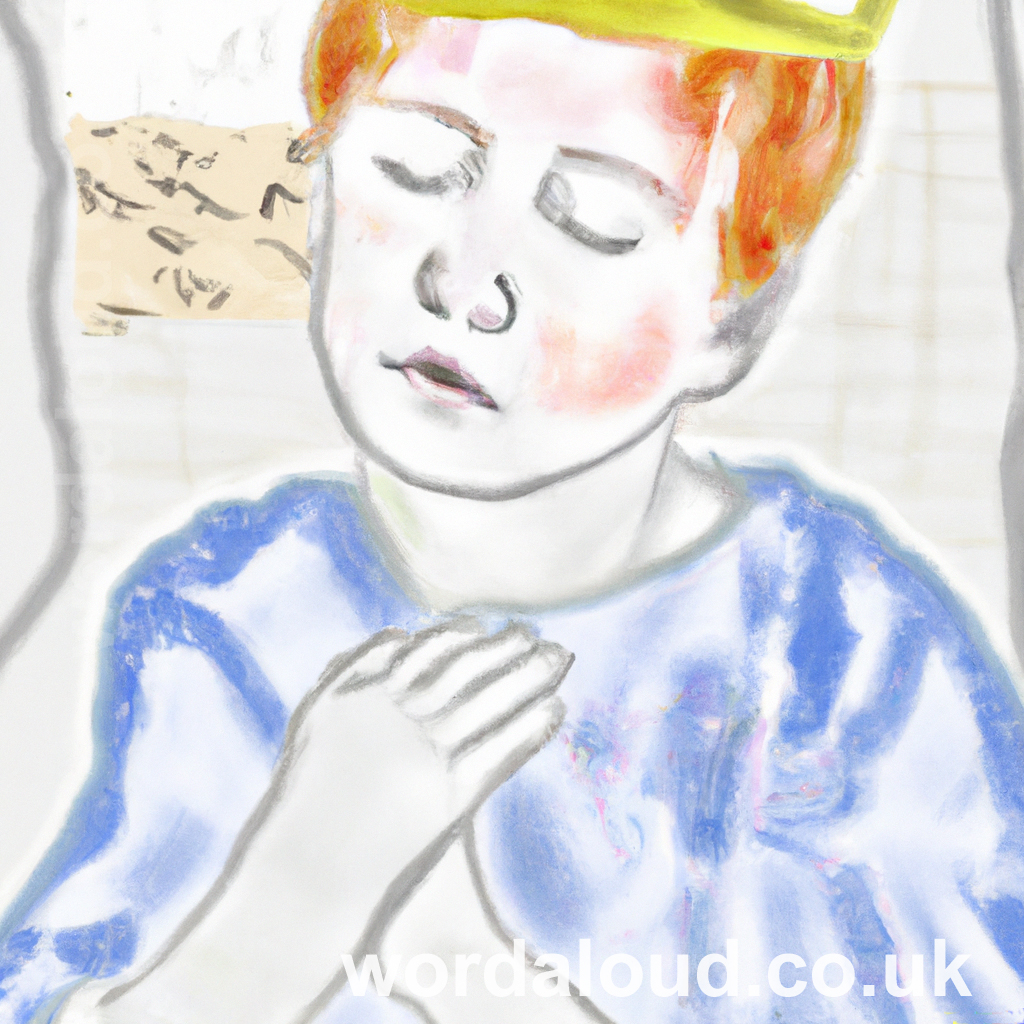Christian Art | Saint George | Faith And Courage
Parables Of Jesus | Faith As A Grain Of Mustard Seed | Audio Bible
Saint George was born in Cappadocia, present-day Turkey, to Christian parents in the late 3rd century. His father was a Roman army official, which influenced George’s decision to pursue a military career. Saint George rose to a high rank within the Roman army but faced a turning point when Emperor Diocletian issued edicts against Christians in 303 AD.
Despite the risks, Saint George remained open about his Christian faith, which led to his arrest. He was offered leniency if he would renounce his beliefs, but Saint George refused, staying true to his faith. This decision resulted in his execution by decapitation on April 23, 303 AD, in Nicomedia, now part of modern-day Turkey. Saint George’s steadfastness in the face of persecution made him a martyr and a symbol of resistance against oppression for Christians.
After his death, Saint George’s story spread rapidly across the Christian world. By the 4th century, churches were being dedicated to him, and Saint George was recognized as a saint. His legend grew, and by the Middle Ages, the tale of Saint George slaying a dragon and saving a princess became part of his lore, symbolizing his fight against evil and protection of the innocent.
Saint George is patron saint of various countries and cities around the world, including England, Ethiopia, Georgia, and Moscow. His feast day, April 23, is celebrated by different Christian denominations. Despite the blend of myth and history in his story, Saint George’s legacy endures, embodying courage, faith, and martyrdom.

Meditations And Reflections On The Life Of Saint George
Pope Francis praised Saint George for his inspirational courage, urging the faithful to seek Saint George’s intercession for the strength to face contemporary challenges with faith and perseverance. Pope Francis highlighted the Saint George’s role as a beacon of courage, especially relevant in today’s often tumultuous world, stating, ‘Saint George, pray for us, that we may have the courage to face the challenges of our time with faith and perseverance.’
Pope Benedict XVI looked to Saint George as a model for combating sin and evil. By referring to the legend of Saint George slaying the dragon, Benedict XVI metaphorically spoke of the battle against sin, emphasizing the need for faith and love as our armor in this spiritual warfare. ‘Saint George, the soldier of Christ, teaches us to fight against the dragons of sin and evil with the armor of faith and love,’ he remarked, reminding us that the true fight is against the forces that seek to undermine our faith and moral integrity.
Pope John Paul II underscored Saint George’s role as an intercessor, someone who Christians can turn to for help in times of need. His advocacy for Saint George’s intercession speaks to the saint’s continued presence and influence in the lives of believers. ‘May Saint George, patron saint of soldiers and defenders of faith, intercede for us before the throne of God,’ he noted, highlighting the saint’s enduring legacy as a protector and guide for those who uphold their faith amidst challenges.
Saint George’s example transcends denominational lines, influencing not only Catholics but Christians worldwide. His story of courage, faith, and martyrdom resonates deeply, serving as a powerful testament to the strength found in steadfast belief and the importance of standing up for one’s convictions, even in the face of the greatest adversities. Through the words of these religious leaders, the legacy of Saint George continues to offer guidance, encouragement, and a model of virtue for all who seek to live a life of faith and courage.

Prayers To And With Saint George
A Prayer for Courage: ‘Heavenly Father, inspired by the bravery of Saint George, grant us the courage to face our challenges with unwavering faith. Help us to stand strong against adversity, emulating George’s steadfastness before his persecutors. May we trust in Your divine protection and guidance at all times. Amen.’
A Prayer for Faith: ‘Lord, we ask in the spirit of Saint George to deepen our faith amidst the trials of this world. Strengthen our hearts to remain faithful to You, as George did, even in the face of death. Let his example inspire us to hold fast to our beliefs with unwavering conviction. Amen.’
A Prayer for Protection: ‘God of might and mercy, as Saint George defended the weak and fought for the innocent, extend Your protective hand over us. Shield us from harm and guide us through the dangers that surround us, just as George was guided by his faith. In Your grace, keep us safe from all that seeks to destroy. Amen.’
A Prayer for Justice: ‘Almighty God, who inspired Saint George to champion the cause of the oppressed, awaken in us a similar passion for justice. Grant us the wisdom and courage to stand up against injustice, advocating for those who cannot advocate for themselves. May our actions reflect Your love and righteousness. Amen.’
A Prayer for Healing: ‘Merciful Father, just as Saint George was a beacon of hope and healing, bring Your healing presence into our lives. Touch those among us who are suffering in body, mind, or spirit, restoring them to health and wholeness. Let the faith of George inspire our prayers for healing and comfort. Amen.’
A Prayer for Perseverance: ‘Lord of endurance, in the example of Saint George, grant us the perseverance to continue our journey of faith, even when the path is difficult. Help us to keep moving forward, drawing strength from George’s unyielding dedication to You. May we face every challenge with the same undaunted spirit. Amen.’
A Prayer for Peace: ‘Prince of Peace, guide us in the footsteps of Saint George to be instruments of Your peace. In conflicts both near and far, let us be agents of reconciliation, healing divisions with the balm of Your love. May the peace we seek in the world begin with peace in our hearts. Amen.’
A Prayer for Guidance: ‘God of wisdom, who guided Saint George through trials by the light of faith, illuminate our paths with Your wisdom. In moments of uncertainty, be our beacon; in decisions, be our compass. Like George, may we navigate the complexities of life with faith as our guide. Amen.’








